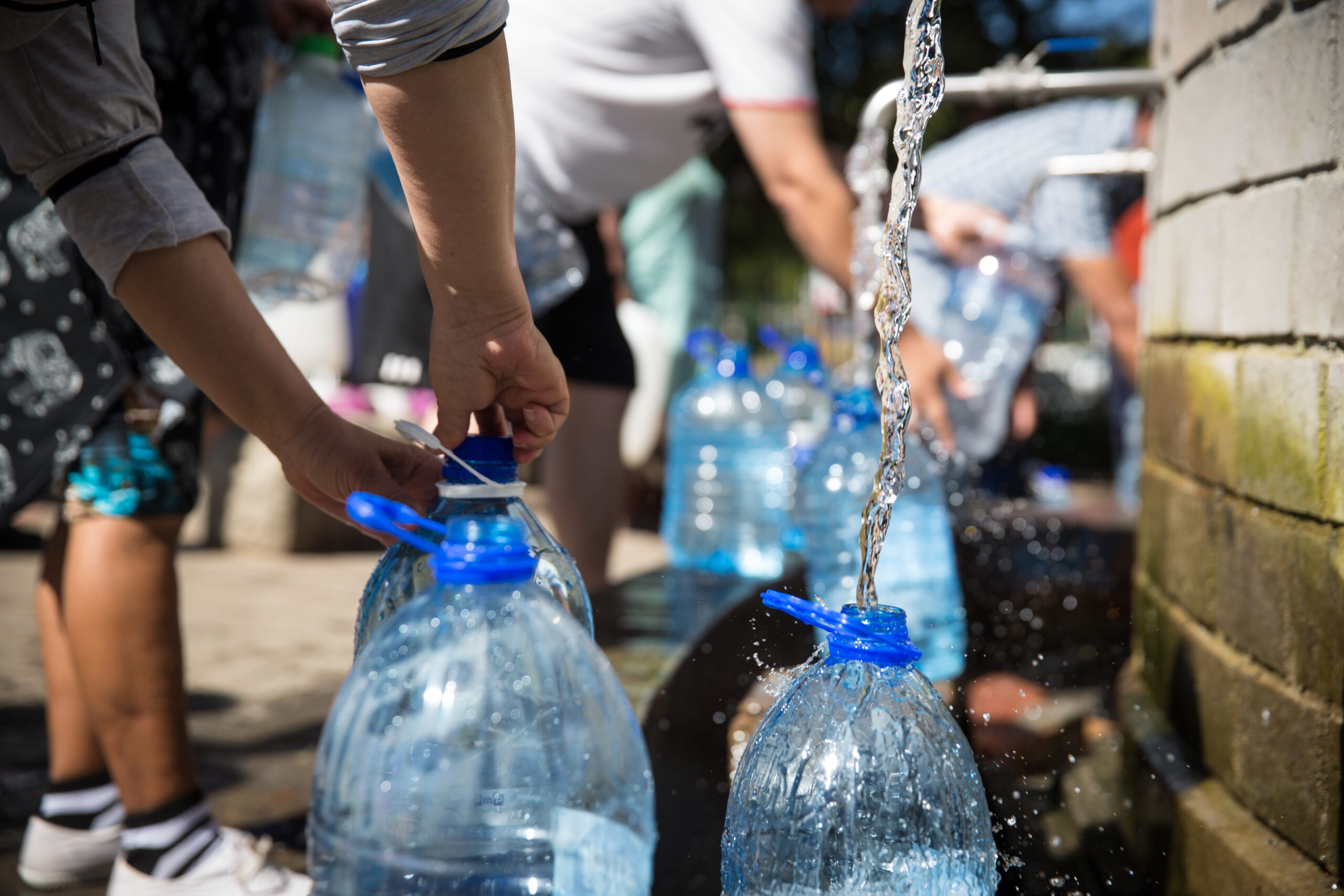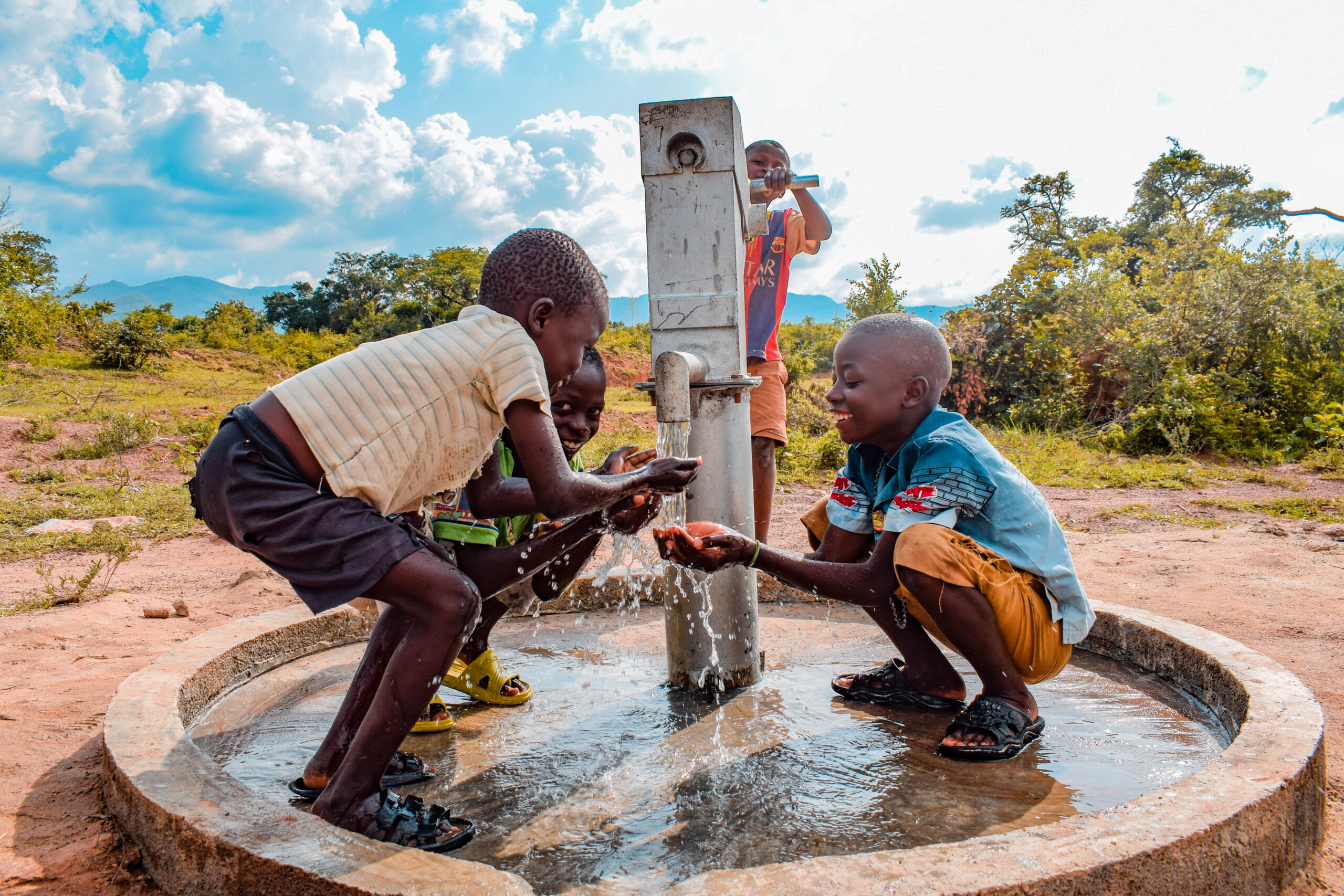Collective Efforts Towards a Water-Secure World
Collective Efforts Towards
A Water-Secure World
Our Impact
Water Crisis
Over 2 billion people live in water-stressed regions, exacerbated in some regions as result of climate change, exploitation of resources and population growth.
Deteriorating Water Quality due to Industrialisation & Urbanisation
The lack of clean water is exacerbated by contamination arising from arsenic, fluoride, pharmaceuticals, per-and polyfluoroalkyl substances (PFASs) and microbial compounds.
These contamination is not removed by the traditional coagulation-sand filtration treatment systems.
High Price Point of Advanced Water Treatment
The removal of many existing contaminants requires the use of advanced water treatment technologies, which is outside the affordability of less developed countries.
Membranes, the most popular advanced treatment method costs ~50% higher than the traditional forms of treatment.
Current Environmentally Unsustainable Manufacturing Methods
The manufacturing of membranes is not a green process, requiring the use of harmful solvents and generating toxic wastewater with unknown amounts of PFAS.
Pioneering an Economically and Environmentally Sustainable Filtration Membrane
Recognizing these challenges, Atera Water offers an environmentally sustainable and cost-effective membrane technology within the price point of many under-served communities and its solvent-free production process enables industry stakeholders to shift towards building sustainable water utilities, achieving lower carbon footprint and mitigating pollution.

For every 100,000m³ water treatment facility adopting our sustainable
membrane solutions, every year we can eliminate
2 million kg of CO2
70,000 tons of toxic wastewater
14 tons of solid waste
Rising Amounts of PFAS

Our technology enables widespread adoption of advanced membranes, allowing projected of at least 1 million people gain access of clean drinking water every year.
